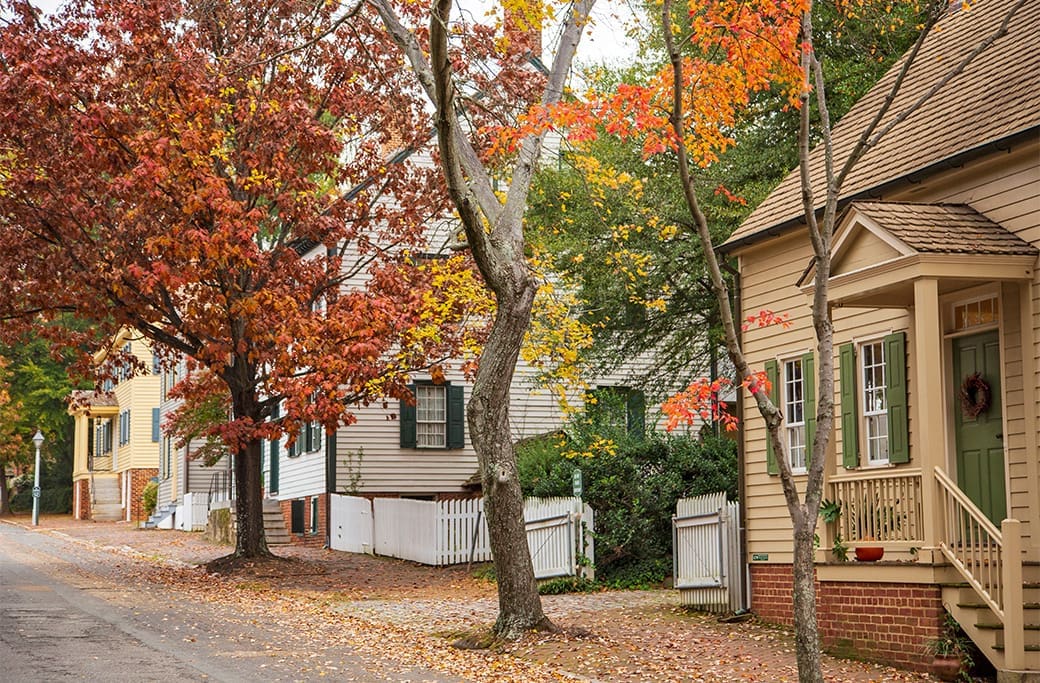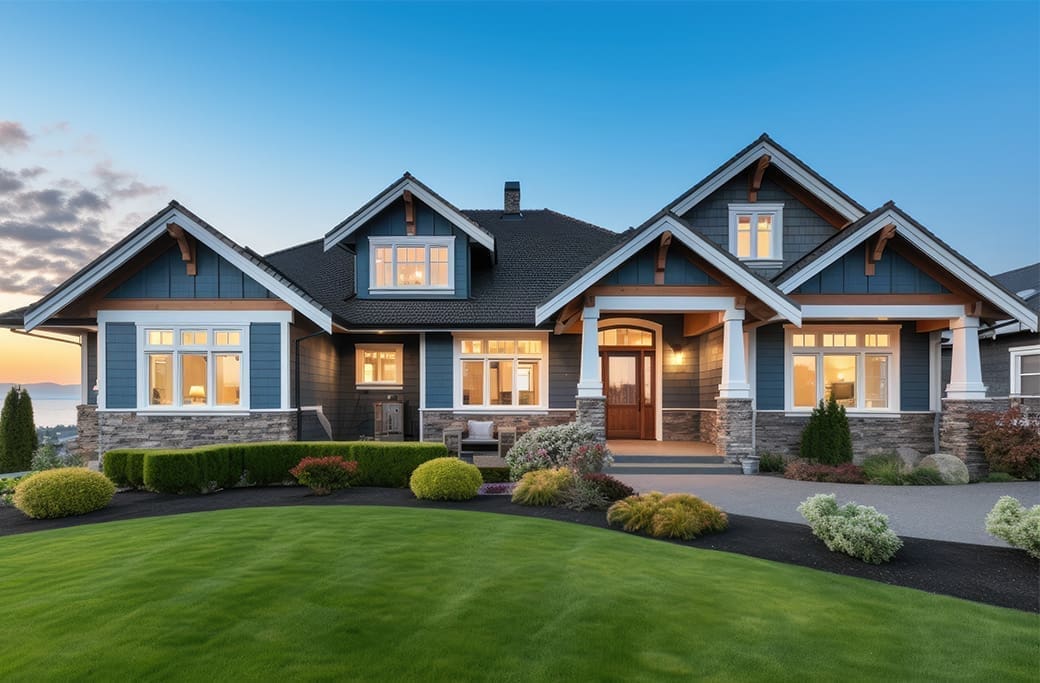
When it comes to buying a home, options can be overwhelming. With different types of houses, prices, and locations, it can be hard to know where to start. The term “Starter Home” has been used for decades, but what exactly constitutes a starter home? A starter home is an entry-level home that is designed to be affordable for first-time homebuyers. It usually includes the basics in terms of amenities and square footage that first-time homebuyers will need. The idea is to provide enough space and features to make the home livable but keep the cost low enough to make it a first-time buyer’s entry into the real estate market. Starter homes can be a great way to start building equity and establishing a foothold in the housing market.
Affordable Price
One of the biggest benefits of starter homes is their affordability. These homes are often priced lower than other types of houses, including larger family homes or luxury properties. This means that first-time buyers can get into the housing market without needing to save up as much for a down payment and can potentially secure a lower mortgage rate. Additionally, starter homes can be a great investment opportunity, especially in up-and-coming neighborhoods where property values are expected to increase. The price of a starter home can vary depending on the location, but typically, they cost less than a move-up home.
Smaller Square Footage
When it comes to starter homes, less is more. They come in a smaller size, whether it is a studio or a small 2-bedroom home. Ideally, a starter home should have at least two bedrooms to accommodate the buyer’s needs. Starter homes typically have smaller square footage for a few reasons. Firstly, the reduced size often correlates to a more affordable price, making these homes more accessible to first-time buyers. Additionally, smaller houses generally have lower maintenance costs and are easier to manage, which is advantageous for those who are new to homeownership. Lastly, as these homes are aimed at first-time buyers, who often are single individuals or young couples, the space provided in a starter home usually fits their needs adequately. These homes are designed to be a stepping stone in the property market, not a forever home, so they provide just enough space for comfortable living while encouraging homeowners to aspire for future property upgrades as their needs and financial status evolve.
Basic Amenities
Starter homes typically feature basic amenities as a way to keep costs low and make the property more affordable for first-time buyers. These homes provide essential functionality required for comfortable living, such as a working kitchen, heating, cooling, and a functional bathroom. Luxurious features or high-end upgrades are often absent, as they would increase the price significantly. This offers new homeowners the flexibility and opportunity to customize their space over time, according to their personal tastes and growing financial capacity. This not only provides the owners a sense of personal accomplishment as they improve their home but may also contribute to increasing the home’s value when the time comes for the owners to sell and move into a larger or more luxurious property.
Good Location
Location is a pivotal factor affecting a home’s desirability and future resale value. When searching for your starter home, consider proximity to major highways, public transportation, quality of the local school district, and access to amenities such as grocery stores, parks, and recreational facilities. Research the neighborhood’s crime rate and future development plans for the area. Use online resources, such as property listing sites, to filter homes in your price range within your preferred locations. Hiring a real estate agent can also be beneficial, as they have the expertise and local knowledge to guide you through the process and negotiate the best deal on your behalf. Lastly, be patient and diligent. The process might take time, but finding a starter home in a good location is an important step towards future financial stability and growth.
Convenient Layout
The layout of a starter home is generally designed for convenience and ease of use. These homes often feature an open floor plan which maximizes the available space and allows for a free flow of movement. This design can make the home feel larger and more inviting. Typically, the living room, dining area, and kitchen are combined into a single, larger space, encouraging social interaction and making it easy for residents to navigate through the home. Bedrooms and bathrooms are usually positioned for privacy, away from the hustle and bustle of the main living area. Moreover, starter homes often prioritize functional storage solutions to compensate for the smaller square footage. This might include built-in storage spaces, cleverly designed kitchen cabinets, or even a basement or attic that could be used for storage. Remember, the goal is to find a home layout that suits your lifestyle and can adapt to your evolving needs as a homeowner.
What is a Starter Home?
Starter homes can be a great option for first-time buyers who are looking for an affordable entry point into the housing market. With lower prices, potentially higher investment potential, and lower mortgage payments, these homes can be a great way to start building equity and establishing financial stability. A starter home can provide a great beginning and allow you the opportunity to gain equity. Homebuyers should keep in mind the basics when looking for starter homes while staying in their budget. Taking into account the location, size, cost, amenities, and layout will result in a more satisfying purchase. With the right research, these future homeowners can feel confident knowing they are investing in their future.





